Breeders are continually searching for Mr. Right when it comes to which sire or sires to use in their herd. It is part of both the excitement and challenge of being a breeder. Breeders pour over the sire listings, available on-line, and in the printed materials from bull owners, marketers or breed associations. However, according to female registrations, breeders do not closely follow the list toppers. The Bullvine decided to look at what happened in 2013 on both sires used and sires available.
Most Used Sires – 2013
The progress for a population is set by which sires are the most used. In this case, we are referring to the sires with the most registered daughters.
Table 1 Sires with Most Registrations- United States (April 2013)
Table 2 Sires with Most Registrations- Canada (2013)
The data for Table 1 comes from April 2013 Holstein USA ‘High Registry Activity by Bull’ and for Table 2 comes from the 2013 registration activity report from Holstein Canada. The TPI and LPI proofs used were their April 2014 indexes as CDN changed the Canadian base system in 2013 and thereby the number listed will more accurately reflect what readers see now.
Points of interest from this table include:
- Genomic Sires – four of the US sires have genomic evaluations only while for Canada all ten most used sires were proven sires
- Sire usage in USA and Canada does not follow the sire ratings for total merit indexes: gTPI, NM$ or gLPI.
Average Indexes for Most Used Sires
There is a significant range in the average proofs for the most used sires and for most traits the average proofs of the sires were not outstanding.
Table 3 – Average Proofs in December 2102 for Most Used US Sires
Table 4 – Average Proofs in December 2102 for Most Used Canadian Sires
The overall observation from Tables 3 & 4 is that both US and Canadian purebred breeders place significant emphasis on type when choosing the sires for their herds and as we have observed previously. (Read more: Top Sires North American Breeders Are Using) Breeders have not considered fertility (DPR or DF) as being important when choosing their sires. Canadian breeders place significant emphasis on component percentages, fat +0.31% and protein +0.06%.
Once breeders select a sire they appear to stick with the bull even if better sires come along.
How Big a Sacrifice?
The question that comes to mind is what were the average proofs for the top bulls in mid-2012. Those were the bulls that would have been available for use that would have resulted in daughters being born in 2013. The question that breeders need to ask themselves is how much did they give up in genetic advancement and thereby on-farm profit by not sticking to popular instead of the top sires. In this example, top sires were considered to be the top ten proven and top ten genomic sires for TPI or LPI.
Table 5 Trait Averages for Top Ten TPI A.I. Sires Available in 2012
Table 6 Trait Averages for Top Ten LPI A.I. Sires Available in 2012
For North American purebred Holstein breeders was it worth giving up considerable milk, fat, protein, longevity, fertility and udder health to use bulls that are high for type? Even if it is acknowledged that genomic bulls are considered to be somewhat over-rated, giving up 50+ pounds of fat, another 50+ pounds of protein, 1.5 to 2.5 months of herd life, cows open a month or two longer and higher somatic cell counts does not seem worth limiting bulls to only those that have high type proofs..
The Bullvine Bottom Line
Both daughter proven and genomically evaluated sires are available that will increase the genetic level of herds and give greater on-farm profit. By limiting sires used to the higher type ones, North American purebred Holstein breeders deny themselves the opportunity to move ahead at a faster rate. Having a breeding plan (Read more: What’s the plan?) and continually buying semen from the best sires, the ones that will produce the milking females that breeders want to milk, are practices that must be followed. Following tradition and using the ‘safe’ bulls will mean breeders are leaving money on the table.
Not sure what all this hype about genomics is all about?
Want to learn what it is and what it means to your breeding program?

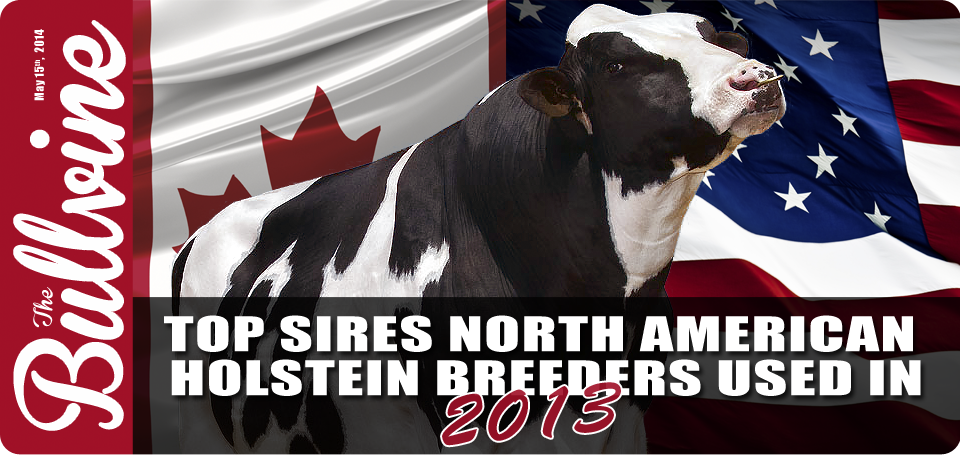






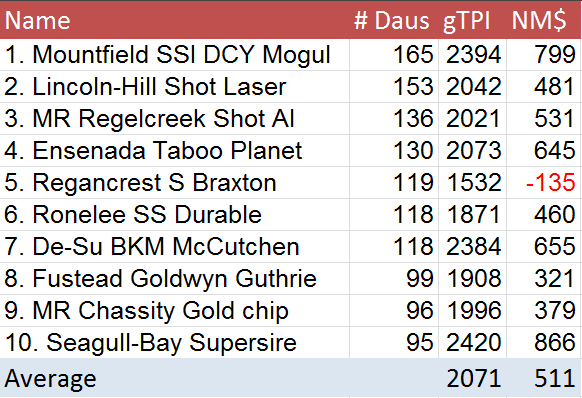
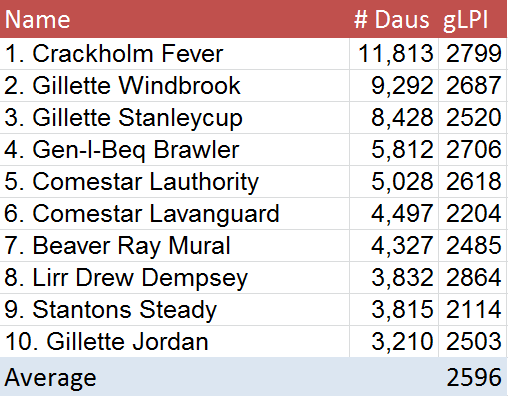
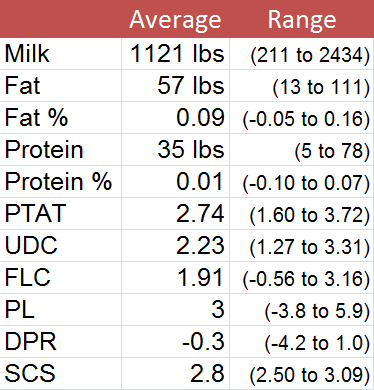
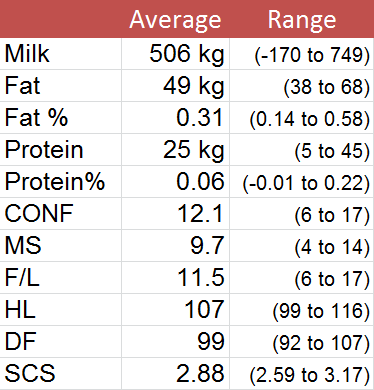
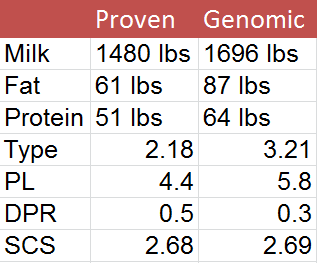
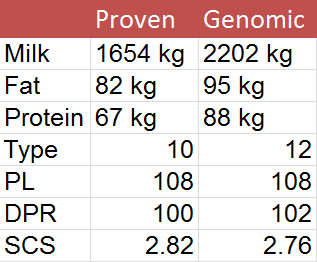










Leave a Reply
You must be logged in to post a comment.